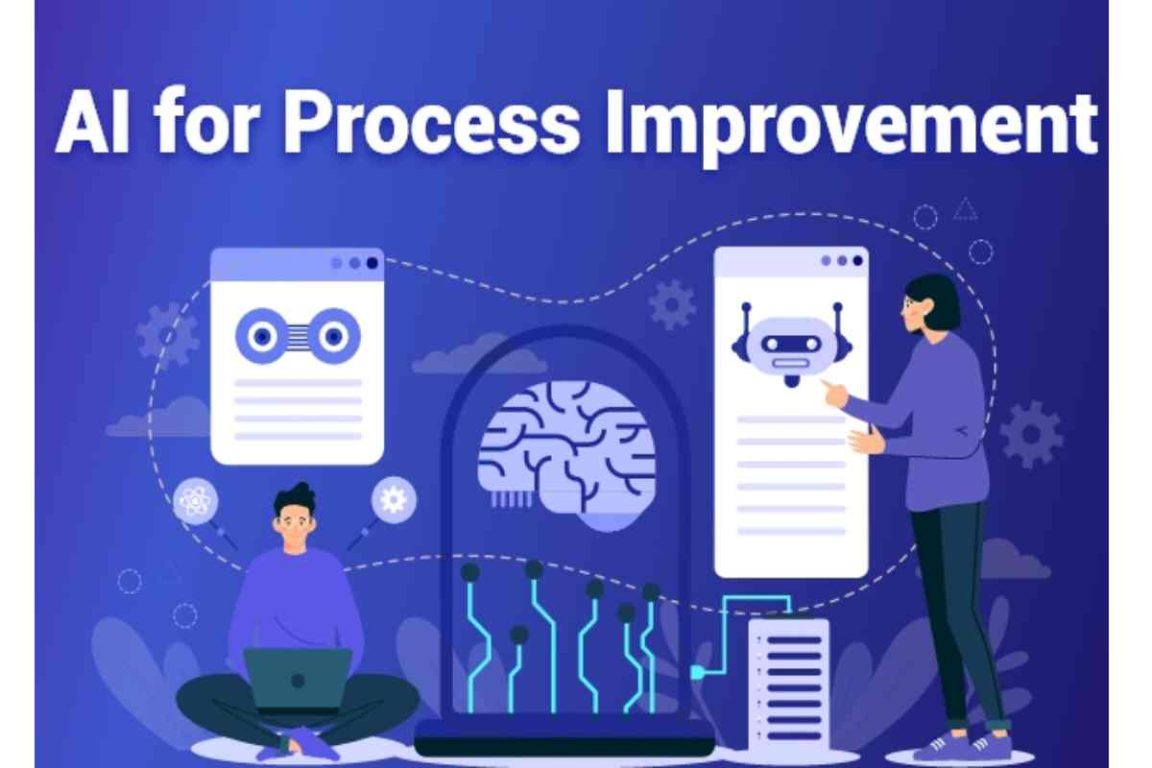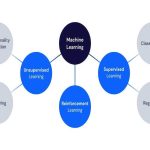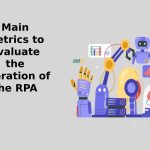Intelligence models in your business
There are several strategies that are key to guarantee the optimization of processes in your business and to obtain successful and valuable results. The BPM processes (Business Process Mining or Process Mining) are fundamental tools for analyzing the way in which certain business events are developed and directing your business towards the fulfillment of goals or objectives that allow for increasing the potential in the market.
What is BPM?
Business Process Mining , or process mining, is a technique that allows evaluating and monitoring processes thanks to events recorded in information systems. Basically, its implementation consists of using a data analysis tool that makes it easier to find, implement and improve the development of various processes in which a specific company participates.
Process mining is key, since thanks to this tool different work areas can be perfected and solutions to shortcomings or weaknesses can be found in a practical way. In addition, it is an indispensable method to carry out the optimization of business processes .
Main features of BPM
The BPM is characterized because it facilitates the achievement of competitive advantages and the access to multiple relevant aspects for the treatment and analysis of data. Therefore, below we share some of the processes that this tool supports:
– Data mining allows discovering the real model of execution of a process. This, in a nutshell, means that the system is able to track the true state of a process, rather than relying on other people’s subjective perceptions or original design of how they should be executed.
– This tool allows to determine if a procedure is based on the corresponding regulations, standards, protocols, execution policies and documented procedures.
– You can discover the interactions, deviations, loops, reprocesses and delays that are taking place with a specific process.
– Through the BPM, the productivity of the personnel in a business can be monitored, with the purpose of understanding the work cycles, the time invested and if the execution of the tasks is effective or not.
– It is possible to carry out the prediction of cycles in the development of a process.
What should be taken into account before implementing a BPM?
Before implementing BPM tools, it is important to define what type of process you want to carry out, depending on the needs of the company or business. There are mainly three types of processes that must be taken into account rendering to the book Process mining: Discovery, conformance and enhancement of business process, by the Dutch computer scientist Wil Van der Aalst:
– Based on questions: they are projects where there are hypotheses or questions that you want to answer, verify or reject based on process mining.
– It is Based on objectives: they are projects where the improvement of the key performance indicators of the process are established as objectives.
– Based on data: they are projects where there are no established objectives, so they are exploratory in nature where it is intended to discover relevant aspects regarding the actual execution of the processes.
How is process mining implemented?
Define what your objectives are: first, it is essential to be clear about the goals to be achieved and the objects to be analysed. For this, the shortcomings or weak points that must be dealt with in greater detail must be evidenced and the type of systems that require attention must be defined.
Register the events (extract, transform and load the data): once you have decided what aspect is going to work within the processes of your business or company, it is necessary to register digital traceable data, an activity or a specific time stamp. In this way, you can start tracking every relevant point in a system, extract data from the process, transform it and load it into a mining tool.
Carry out an analysis process: the final step, and probably the one with the greatest value, consists of analyzing the results produced by the tool and beginning to make effective decisions to improve each task or task carried out. Optimizing a process depends on this step and beginning to show success stories in the chain of work.
We want to support you and provide you with tools that help you improve your goals and business. We believe in digital transformation, in process automation software and in the power to provide solutions through technological alliances. For this reason, we invite you to review our catalog of services and allow us to support you in finding the results you have been looking for. Don’t think twice, contact us!




